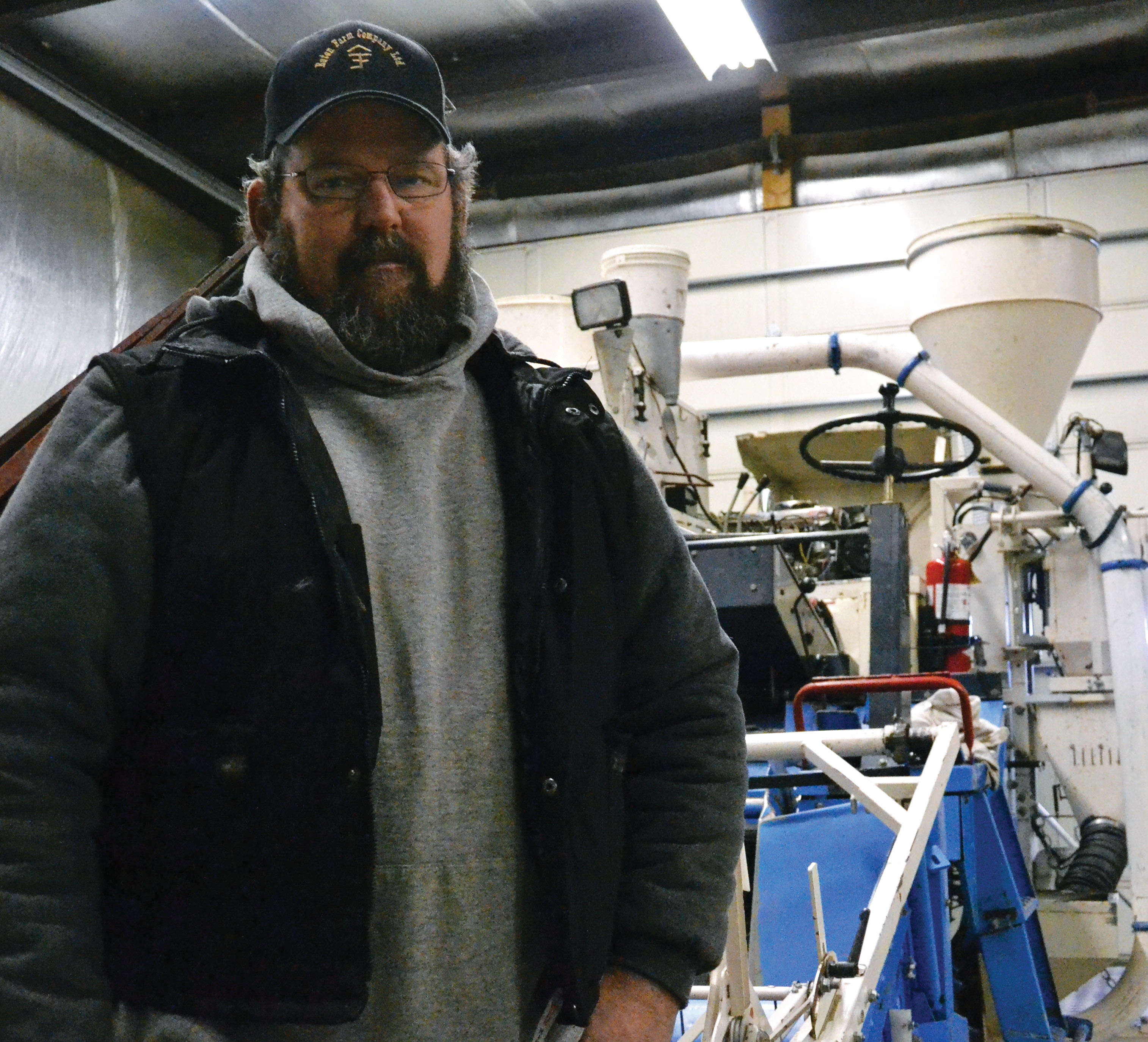ENVIRONMENTAL FARM PLANNING
A GIFT TO THE NEXT GENERATION
BY TAMARA LEIGH
David Eaton is passionate about environmental farm planning. He was one of the earlier adopters of the Alberta Environmental Farm Plan (EFP), and has maintained his passion and awareness of environmental issues on his farm since completing his plan in 2007.
“I initially did an EFP to be able to access funding, but once I went through the process, it became apparent that I had made a few mistakes at home,” said Eaton. “It was a real good reminder that sometimes we should just stop and remove ourselves from the picture to take a look at what we are doing.”
Like many producers who go through the process, Eaton became more aware of the environmentally sensitive areas on his farm, and was able to make some relatively minor changes to reduce risks. He moved a fertilizer bin, capped a well and made changes to the way he fed cattle in the winter to prevent issues with manure run-off into waterways, and to preserve the nutrients for crops in the spring.
“The biggest result you are going to get from doing an EFP is to change the way you think,” he said. “If I think of the water and land as resources that I am responsible for, this helps me understand what I can do to manage it better.”
The 52-year-old farms grain and cattle near Oyen, and is chair of the Agricultural Research and Extension Council of Alberta (ARECA), a provincial association of non-profit producer groups that provide regional extension services to producers. In June 2013, ARECA took over delivery of the EFP program from Alberta Agriculture and Rural Development.
“Having ARECA take on delivery of the program really gave it back to industry to drive and take some more ownership of where it can go and what it needs to do,” said Fiona Briody, EFP program manager for ARECA. “The EFP has been industry-driven in Alberta from the start.”
Briody has been with the program since its inception in 2003. Initially, the program was delivered by the Alberta Environmental Farm Plan Company, a non-profit company created and contracted to deliver EFPs under the first Agricultural Policy Framework (APF). When the company folded at the end of the APF agreement, the provincial government stepped in to ensure the program could carry on.
Today, the program is delivered by ARECA through its 13 partner organizations, with a network of 40 EFP technicians available to help producers through the process. EFP technicians help producers start the process by working through the EFP workbook, either on hard copy or electronically. Once the workbook is complete, the technician reviews the plan and issues a statement of completion.
“Producers are environmentalists—they are a part of the system, and if they treat the land right, the land treats them right,” said Lacey Ryan, an EFP technician with the Chinook Applied Research Association.
The biggest reservation that Ryan hears from producers is about privacy—they are afraid that the government is collecting information about their farm.
“As an EFP technician, I am the only person who sees their book or web book,” said Ryan, noting that the EFP process is free, voluntary and confidential. “It’s for producers to improve both profitability and environmental stewardship on their land, and knowing what’s on their farm.”
For Eaton, the EFP is more than a way to inform his own farm practices—it’s a gift to the next generation.
“We need the ability to communicate with the next generation about the choices that we have made,” he said. “Your EFP is something that you can turn over to the next generation and say, ‘This is what I have done and why I have done it. Be aware of these issues.’”







Comments